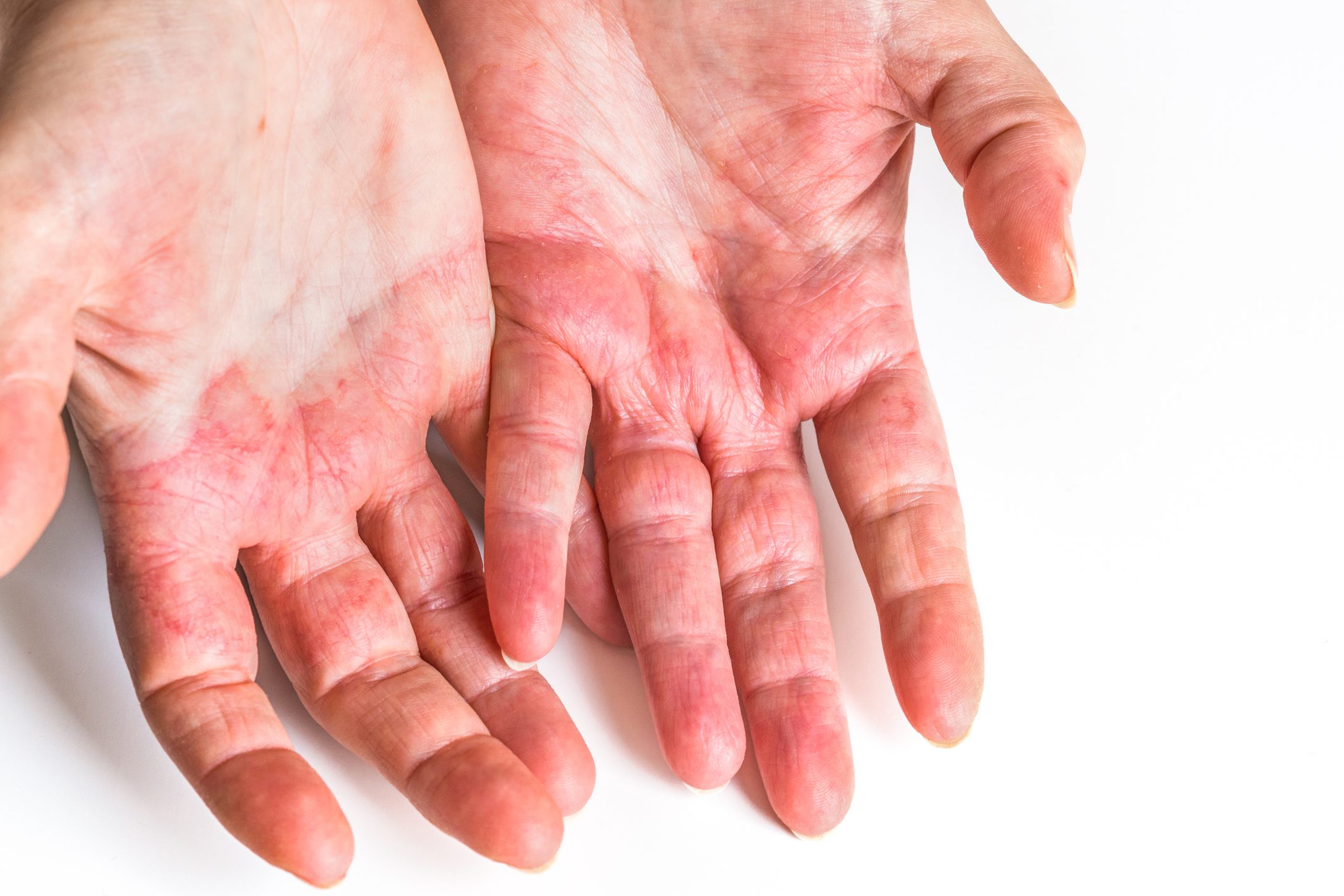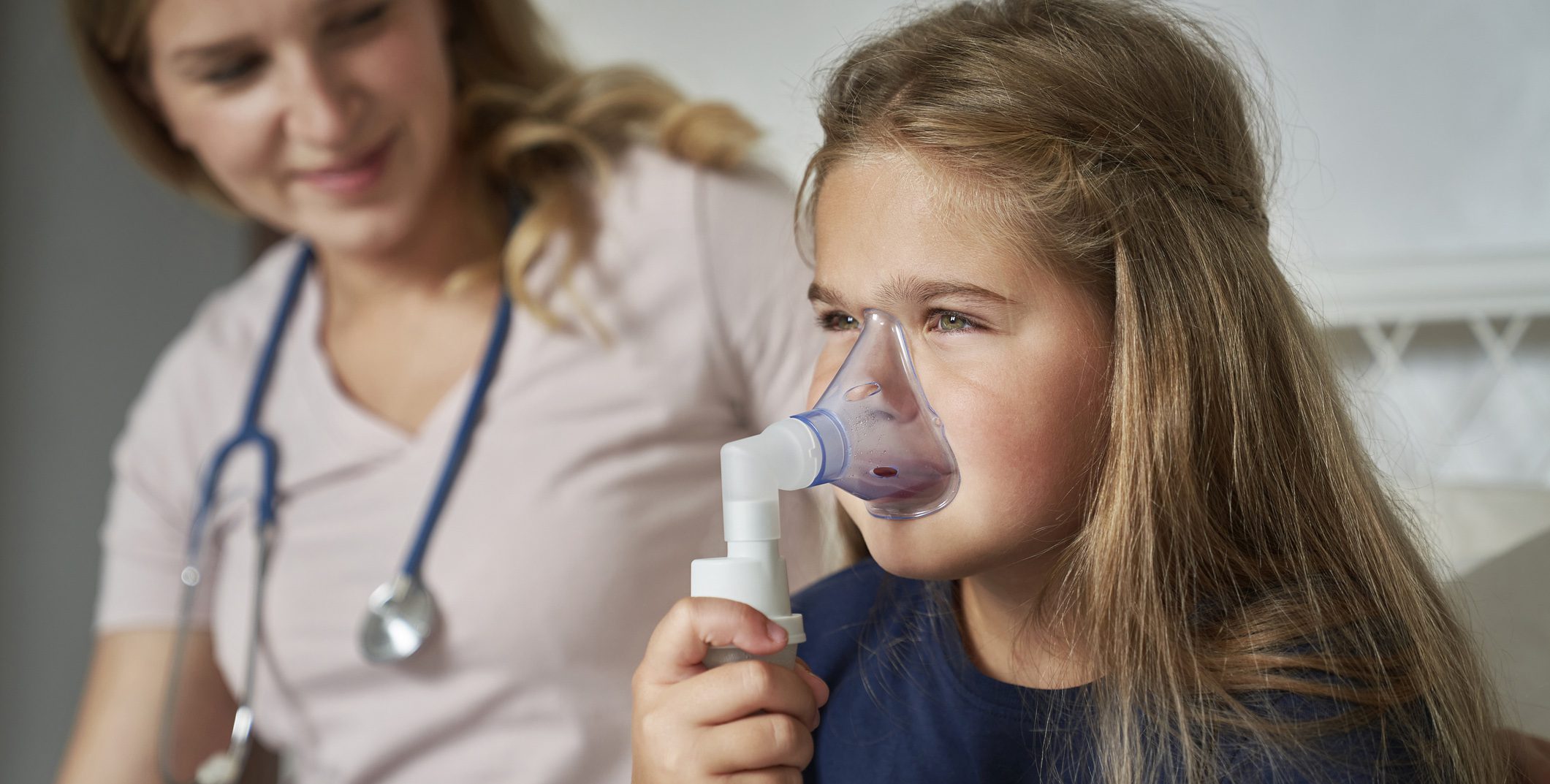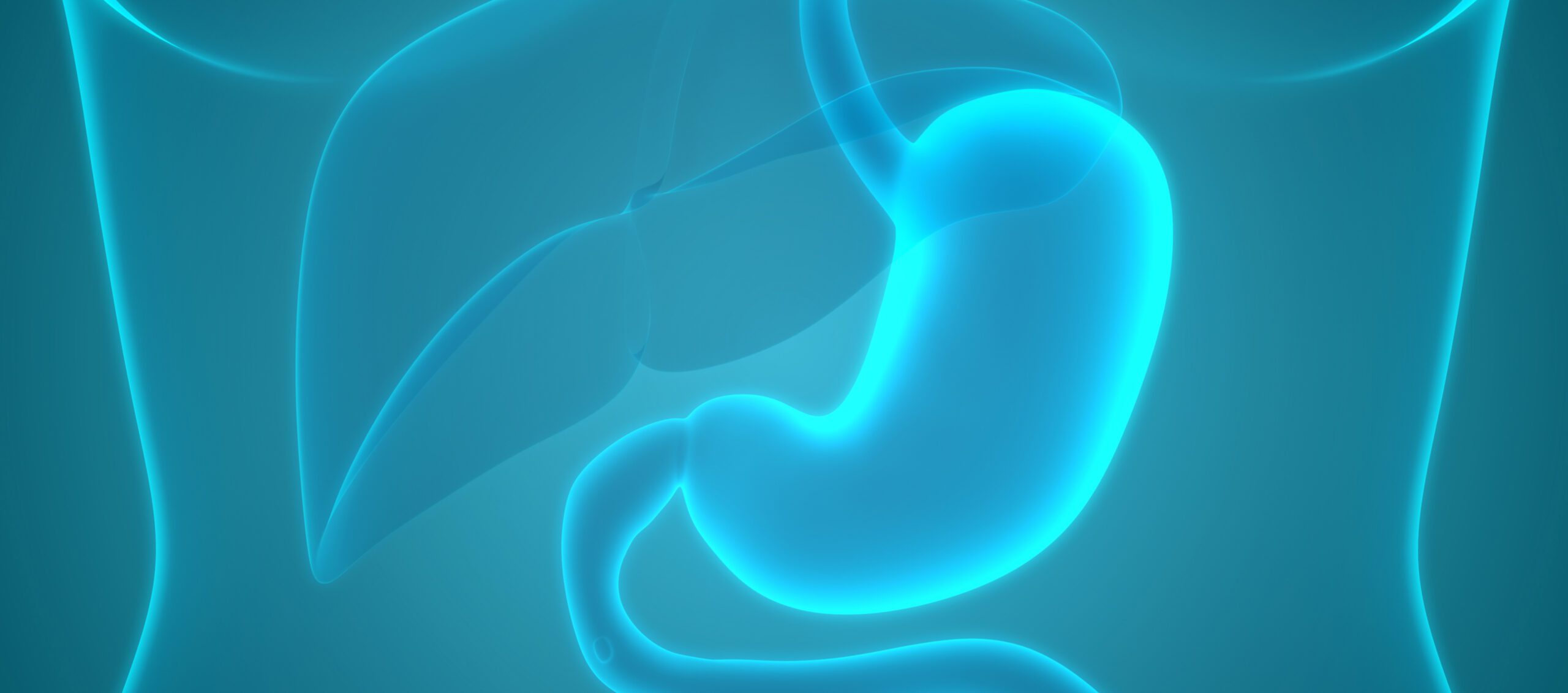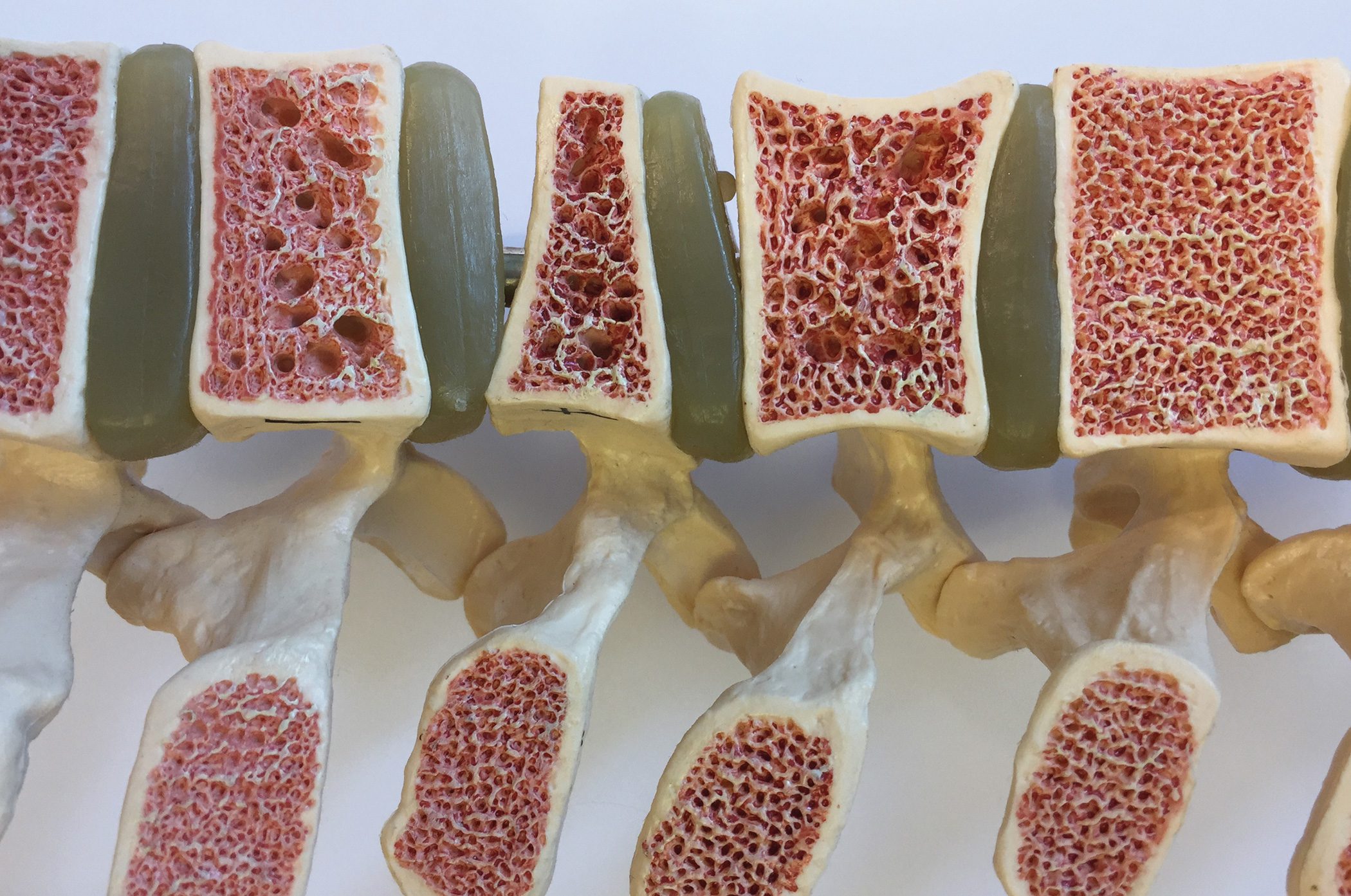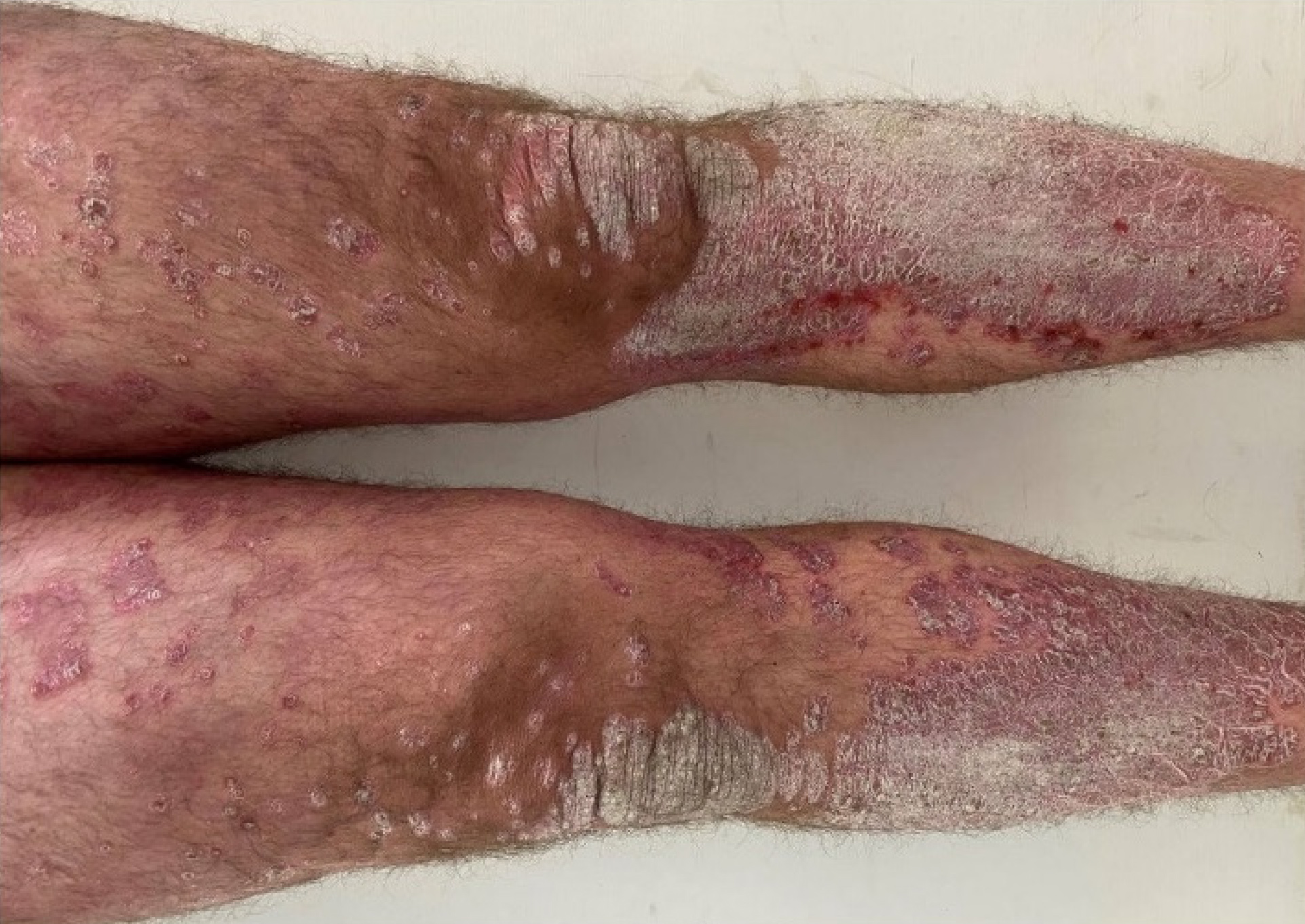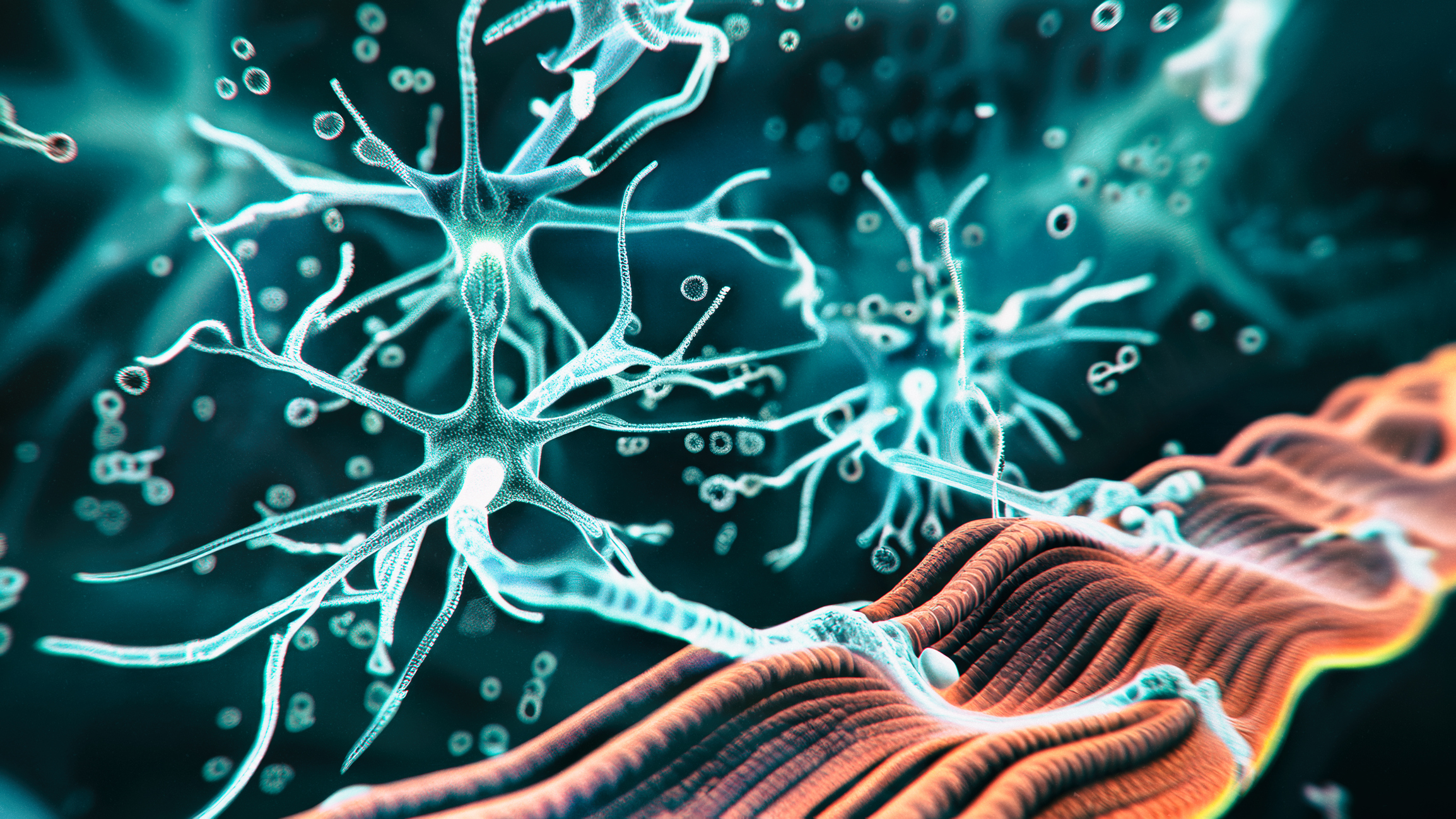During the 5th Allergo Update in Zurich, the 80. Birthday of Prof. em. Brunello Wüthrich, MD, celebrated. The jubilarian himself provided the entertainment at the event: he gave a very entertaining talk with many “aha” moments on the subject of “Allergies and intolerances to alcoholic beverages”. Merlot occupied an important place in his lecture – because Prof. Wüthrich is a full-blooded Ticinese.
Even Hippocrates was able to assess the benefits and dangers of alcohol consumption quite accurately. However, he might not have known about a wine allergy yet.
Hypersensitivity or allergy – with this question deals Professor Wüthrich in its last “special case”, which we may announce for the DERMATOLOGIE PRAXIS No. 6, the next but one issue. On the occasion of his appearance at the Allergo Update in June in Zurich, Dr. Eva Ebnöther interviewed the jubilarian.

Prof. Wüthrich, if you had not become an allergist – what other specialty would have interested you?
Actually, I wanted to choose internal medicine as a specialty in order to grasp the human being in its entirety. After my residency in internal medicine at the Ospedale Civico Lugano, I went to Zurich to dermatology to write a thesis on reticulosis – now malignant lymphoma. Then I came to the allergy ward and was immediately enthusiastic about this then new specialty. In addition to the plagued neurodermatitis patients, who are very close to my heart, I was fascinated by the possibility of a detective search for the triggering allergen. The allergy station became my niche!
What was the most significant challenge for you as an allergist?
My concern was and still is the holistic care of the patient to enable him to have a good quality of life. In the hustle and bustle of an allergy polyclinic, it was unfortunately not always possible for me to schedule enough time for patient education and counseling. However, I made up for this during my time after retirement in 2003 in my allergy practice at the Zollikerberg Hospital, where I was able to give each patient one hour of consultation time.
In your opinion, which development in allergology over the last 40 years is the most important?
A milestone was undoubtedly the identification of immunoglobulins E as carriers of reagin activity. In 1966, Kimishige Ishizaka and Teruko Ishizaka succeeded in isolating Reagine from the serum of ragweed pollen allergic patients at the Children Asthma Research Institute in Denver (USA) – with the help of meticulous laboratory methods. Around the same time, a team led by S. Gunnar O. Johansson and Hans Bennich at the Blood Transfusion Center in Uppsala, Sweden, was working on the characterization and visualization of paraproteins (myelomas) and the analysis of the so-called M-component in immunoelectrophoresis. This team was faced with the blood of a myeloma patient whose M-component did not match any of the known immunoglobulins (IgG, IgM, IgA or IgD). The Swedish team was able to show that this new immunoglobulin, called IgND, was elevated in patients with allergic asthma and parasitosis. The exchange of sera and antisera between Denver and Uppsala and a week-long conference at the WHO center in Lausanne eventually led to the realization that IgND was identical to gamma E immunoglobulin. The fifth class of immunoglobulins, IgE, was thus recognized worldwide in 1968.
A major advance has also been made in molecular allergy diagnostics with the use of recombinant allergens and the identification of major- and minor-allergen epitopes – above all to detect food allergies and to estimate the severity of a possible allergic reaction with a corresponding sensitization spectrum.
How have patients changed over the past few decades?
In my early days on the allergy ward starting in 1967, patients were grateful for the clarification and advice and had confidence in conventional medicine. We doctors were the “gods in white”!
In the following decades, not only were there more and more allergy sufferers, but sensitive diagnostic methods and evidence-based therapeutic strategies were established – and in parallel, the range of natural healing methods, alternative treatments or even miraculous steadily increased. These unconventional diagnostic and therapeutic methods are popular with the public, mass media and a part of doctors. They are consumed even though they have recently been judged pseudoscientific and “unproven” by allergological and immunological societies. This development worries me. Quo vadis, allergology?
Why should a young physician today choose the specialty of allergology?
Allergology requires a “feu sacré”. The different allergies with the many different patients are an exciting area.
With the new developments (diagnostics using molecular recombinant allergens), the immunological findings with the many players (cytokines) and with the use of biologics for the treatment of allergic diseases, the work as an allergo-immunologist is very challenging.
The satisfaction is great when a detective’s intuition leads to the discovery of an allergen that is often still unknown or larvalized!
Interview: Eva Ebnöther, MD
DERMATOLOGIE PRAXIS 2018; 28(4): 37







